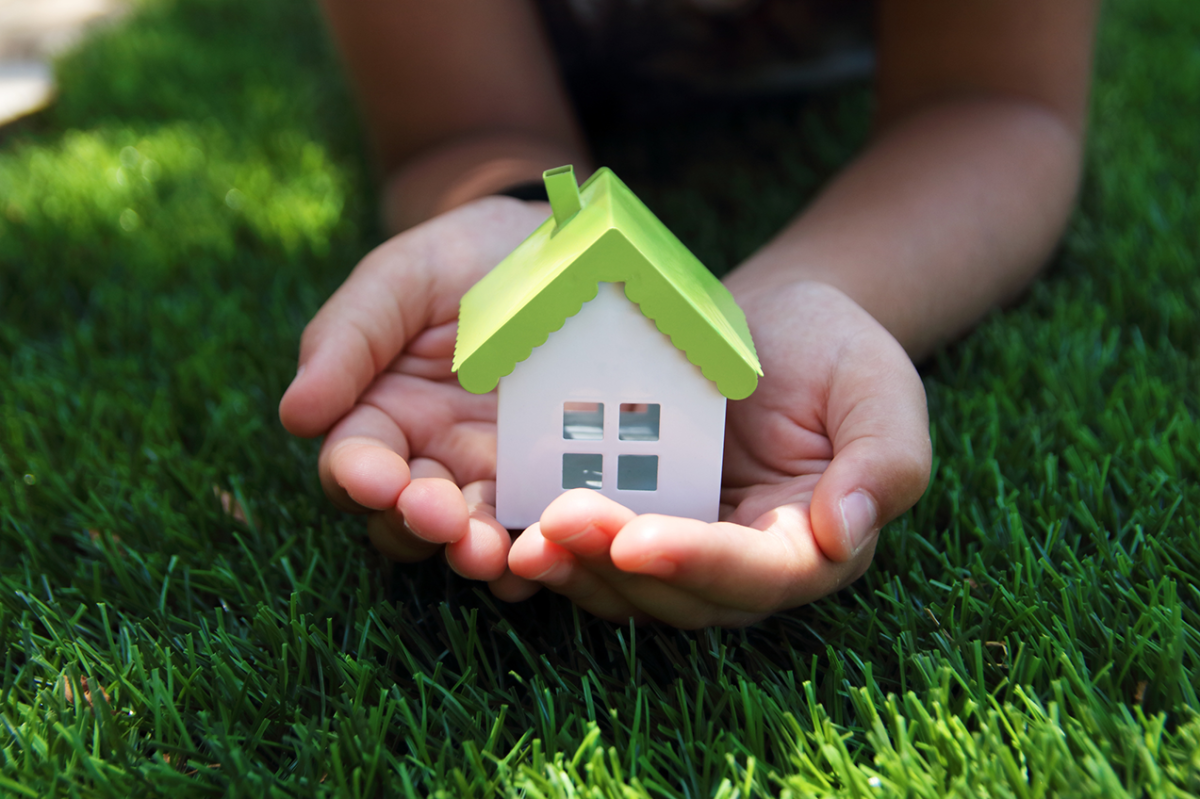As we celebrate Earth Day, it’s imperative to reflect on the profound impact our homes have on the environment and on our collective efforts to combat climate change.
Sustainability is a multifaceted concept that guides the choices we make and actions we take, so they have a positive impact on the future of the planet, people, and the economy. Sustainable housing is one facet that brings that future to the forefront when creating or updating homes. It aims to reduce environmental impact, increase energy efficiency, durability and resilience, while also making homes comfortable, adaptable, and affordable for the occupants for decades to come.
Insulation often takes a back seat to more visible sustainability features like solar panels or energy-efficient appliances. However, the right insulation is fundamental to the overall sustainability of a home, playing a pivotal role in reducing carbon emissions and curbing our ecological footprint.
Around a quarter of Australia’s electricity usage and over 10% of overall carbon emissions come from our residential buildings, with a significant portion attributed to heating and cooling. There is an urgent need to improve the thermal performance and energy efficiency of our homes as a transformative solution for a sustainable future. This where the right insulation, as a part of a high-performing building envelope (the design and construction of a home’s exterior), is key.
When homes are adequately insulated, they demand less energy for heating and cooling, consequently diminishing emissions (and lowering energy bills). By investing in high-quality insulation materials and ensuring proper installation from the get-go, homeowners establish a long-lasting foundation for thermal comfort and energy efficiency. Moreover, with an increase in extreme weather events due to climate change, the resilience of the building envelope (and the right insulation) is more important than ever.
Insulation extends beyond environmental considerations; it directly impacts occupants’ health and well-being (read more about that here). This underscores the holistic benefits of insulation, encompassing the environmental, economic, and human focuses of sustainability.
Ultimately, investing in insulation is a testament to our commitment to sustainable living and environmental stewardship. By prioritising building envelope integrity and the right insulation in our homes, we pave the way for a more sustainable future, ensuring that subsequent generations inherit a planet that thrives amidst our collective efforts to mitigate climate change.
This Earth Day let’s reaffirm our dedication to building sustainable homes that embody our values of environmental responsibility and resilience. Through thoughtful choices and collective action, we can create a legacy of sustainability that reverberates for generations to come.
References
United Nations, Academic Impact, Sustainability, https://www.un.org/en/academic-impact/sustainability
Queensland Government, Sustainable housing, https://www.qld.gov.au/housing/building-home/sustainable-housing
Australian Government, Department of Climate Change, Energy, the Environment and Water, Energy efficiency, Residential buildings, https://www.dcceew.gov.au/energy/energy-efficiency/buildings/residential-buildings
Australian Government, Department of Climate Change, Energy, the Environment and Water, Sustainable building, What is a sustainable home, https://www.yourhome.gov.au/getting-started/welcome
Rajagopalan, P. et al., (2023), Enhancing home thermal efficiency. Final report of Opportunity Assessment for research theme H2, prepared for RACE for 2030 CRC, https://racefor2030.com.au/wp-content/uploads/2023/05/H2-OA-0199-Final-Report_.pd





